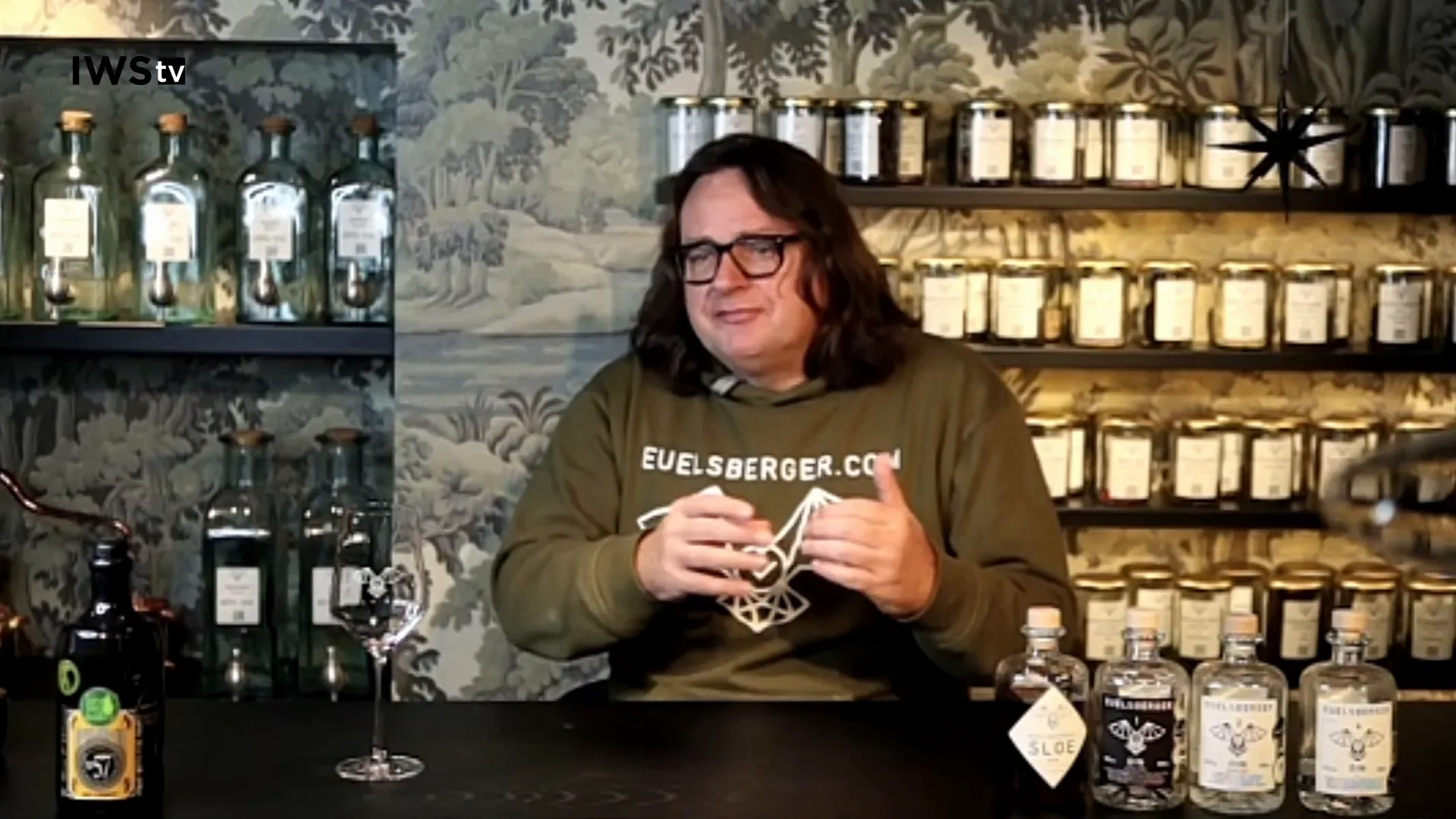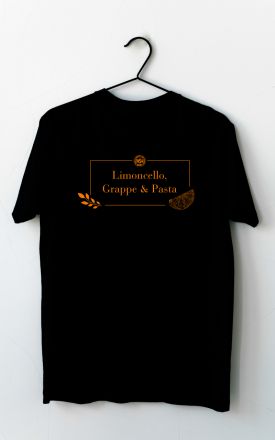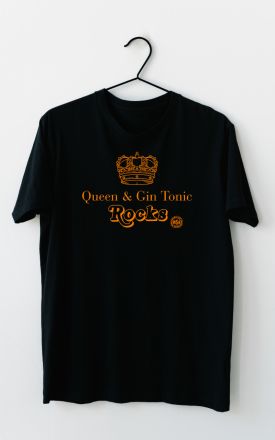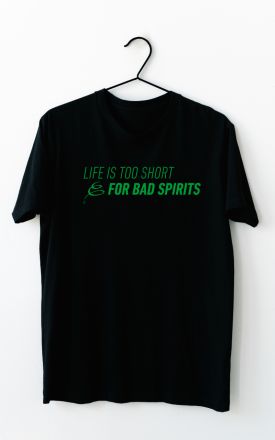
Table of Contents
- Understanding Gin: A Brief Overview
- Categories of Gin: From London Dry to Slow Gin
- The Technical Craft of Gin Production
- Exploring the Botanical Universe of Gin
- The New Western Style Gin: Redefining Tradition
- Artificial Intelligence Meets Gin Craftsmanship
- The Current Market Landscape of Gin
- FAQs About the World of Gin
- Conclusion: Embracing the Diversity and Innovation of Gin
The Fascinating World of Gin: History, Production, Trends & AI Innovation
Welcome to an exciting journey into the World of Gin, a spirit that continues to inspire and captivate enthusiasts around the globe. Gin's allure lies not only in its refreshing taste but also in its rich history, meticulous production methods, and the endless creativity infused by distillers and mixologists. In this comprehensive guide, we delve into the essence of gin, exploring its various styles, the technical artistry behind its crafting, the evolving trends shaping its future, and even the intriguing role of Artificial Intelligence in revolutionizing this beloved spirit.
Join me as we uncover the intriguing layers of gin, from its classic roots to the innovation shaping tomorrow’s flavors. Whether you're a seasoned aficionado or new to the gin scene, this article offers a deep and entertaining dive into everything gin-related.
Understanding Gin: A Brief Overview
Gin is far more than just a juniper-flavored spirit; it is a canvas for creativity, technical mastery, and tradition. At its core, gin is defined by its primary botanical: juniper berries. However, beyond this essential ingredient lies a spectrum of botanicals that give each gin its unique character. The World of Gin is vast, encompassing classical styles, modern interpretations, and innovative blends that continue to push boundaries.
My enthusiasm for gin is fueled by the diversity in production techniques and the complexity of flavors that can be achieved. From floral and citrus notes to spicy and herbal accents, gin invites exploration and experimentation. Let’s start by understanding the main categories of gin that dominate the market today.
Categories of Gin: From London Dry to Slow Gin
Gin can be broadly categorized into several distinct styles, each with its own characteristics and production methods:
- London Dry Gin: The classic and most recognized style, London Dry Gin always puts juniper front and center. It typically features botanicals like angelica root, coriander, pepper, and citrus notes. The hallmark of London Dry is its dry, crisp profile with no added sugars after distillation.
- New Western Style Gin: This is the fastest-growing category and includes many of the gins I personally produce. Unlike London Dry, juniper is not the dominant flavor here; instead, other botanicals take the spotlight, offering a more diverse and often floral or herbaceous experience.
- Old Tom Gin: Known for its sweeter profile, Old Tom Gin is essentially a classic gin with added sugar. It balances the botanicals with a touch of sweetness, making it a versatile option for cocktails.
- Navy Strength Gin: This gin style is bottled at 57% ABV or higher, originally designed for naval use. The strength was historically tested by pouring gin over gunpowder—if it ignited, the gin was strong enough. Navy Strength gins are robust and intense, perfect for those who appreciate bold flavors.
- Slow Gin (Slowin): A traditional, often regional style, Slow Gin is essentially a gin liqueur made by macerating botanicals like sloes (blackthorn berries) in gin and aging it with sugar. This results in a richer, sweeter spirit that is perfect for sipping or mixing.

Spotlight on Slow Gin: A Local Specialty
In my distillery in the Eifel region, I craft a unique Slow Gin using locally harvested sloes, a berry that grows abundantly in our hedgerows and meadows. The sloes are steeped in gin for six months, then sweetened to create a slow gin liqueur bursting with regional character. This method preserves the authentic flavors of the Eifel and adds a delightful twist to traditional gin.
The Technical Craft of Gin Production
Behind every bottle of gin lies a meticulous process that blends art and science. The production of gin primarily involves two key steps: maceration and distillation. Understanding these steps is essential to appreciating the complexity of the final product.
Maceration: Extracting Botanical Essence
Maceration is the process of soaking botanicals in a neutral spirit to extract their flavors. In London Dry gin production, all botanicals are typically macerated together in the base alcohol for a period ranging from 12 hours to several weeks. In my practice, I often macerate botanicals for up to two weeks to ensure deep extraction of essential oils and complex aromas.
The length and temperature of maceration significantly influence the flavor profile. Some distillers accelerate the process by gently heating the maceration vessel, which helps to extract flavors faster. In my case, I favor a natural temperature cycle—placing my barrels outdoors to experience the temperature fluctuations between day and night. This cold-warm cycle enhances the extraction of different botanical compounds, much like traditional bitter liqueur recipes that balance cold and warm maceration phases for optimal flavor.
Distillation: The Art of Refinement
Once maceration is complete, the entire mixture is distilled. In London Dry gin, the macerated botanicals and alcohol are distilled together in a pot still, capturing the rich essence of the botanicals in a single run without any added sugar or flavoring afterward. This method is considered the "Formula 1" of gin production—pure, classic, and technically demanding.
Another technique is producing a Distilled Gin, where each botanical is macerated and distilled separately, then blended afterward. This method allows distillers to fine-tune the final blend with precision. In my gin school, we even offer courses where participants blend pre-distilled botanical essences using pipettes, creating personalized gin recipes—a fascinating insight into the craft.
Direct Distillation: A Lighter Expression
Some gins are made by placing the botanicals directly in the still with the alcohol, distilling them together without prior maceration. This often results in a lighter, less complex gin, sometimes referred to as a "light version." While this approach can be quicker, it usually yields fewer aromatic compounds compared to a longer maceration.
Exploring the Botanical Universe of Gin
Juniper is the indispensable star of any gin, but the true magic lies in the supporting cast of botanicals. The World of Gin boasts an astonishing array of over 300 botanicals, including more than 80 varieties of pepper alone. This vast palette allows distillers to craft unique flavor profiles that range from floral and citrusy to spicy and herbal.
These botanicals include:
- Angelica root: Adds earthiness and depth
- Coriander seeds: Provide citrus and spice notes
- Citrus peel (lemon, orange, grapefruit): Brightens the gin with fresh aromas
- Various peppers: Impart heat and complexity
- Floral elements (lavender, rose, chamomile): Offer delicate fragrance
- Herbs (rosemary, thyme, basil): Add herbal freshness
- Exotic spices (cardamom, cinnamon, star anise): Introduce warmth and exotic notes
This botanical diversity fuels the creativity that makes gin so versatile and exciting.
The New Western Style Gin: Redefining Tradition
The New Western Style Gin, also known as New Western or New American Gin, represents a shift from the traditional juniper-forward profile. In these gins, juniper often takes a backseat to other botanicals that define the aroma and flavor. While some traditionalists argue that these gins are no longer "true" gin, this evolution has played a vital role in expanding gin's appeal.
Many consumers, especially women and new gin drinkers, find classic London Dry gins too sharp or piney. The New Western Style offers a softer, more approachable taste with floral, fruity, or herbal notes that make gin more enjoyable both neat and in cocktails.
Artificial Intelligence Meets Gin Craftsmanship
One of the most fascinating recent developments in the World of Gin is the integration of Artificial Intelligence (AI) into gin creation. AI can analyze vast botanical databases and generate novel recipes that human distillers might not conceive on their own.
Last year, as a fun experiment during the opening of our Gin School, we fed over 300 botanical options into ChatGPT and asked it to create a gin recipe using a maximum of 30 botanicals. The result was my "Gin Number 42," a unique gin launched this year, named after the iconic answer to life, the universe, and everything from Douglas Adams’ "The Hitchhiker’s Guide to the Galaxy."
This AI-generated gin features an unusual eucalyptus note—a rare botanical in gin—which sparked lively debate about whether the AI "hallucinated" the flavor combination or created an innovative blend. While AI can suggest interesting combinations, it cannot replace human creativity, sensory evaluation, and craftsmanship. After all, distilling gin is as much an art as it is a science, and the "microcontroller between our ears" remains indispensable.
The Current Market Landscape of Gin
Despite gin’s recent surge in popularity, the market is now experiencing a slowdown. Overall, the spirits sector, including vodka and liqueurs, is seeing a decline in sales, with whisky and rum showing slight growth. Gin, having reached its zenith, is undergoing a natural market correction.
This correction is healthy and necessary. In recent years, many novice producers entered the market, sometimes focusing more on packaging and marketing than on quality craftsmanship. The market is now filtering itself, with only the best products expected to thrive.
Looking ahead, I am confident that the gin market will never return to the levels seen 20 years ago. The increased consumer knowledge and appreciation for quality mean that well-made gins will continue to have a strong place in the spirits world.
Conclusion: Embracing the Diversity and Innovation of Gin
The World of Gin is a vibrant, evolving landscape where tradition meets innovation. From the classic London Dry gins that honor centuries-old techniques to the bold New Western Styles and even AI-generated blends, gin continues to excite and surprise.
Understanding the technical nuances of gin production—the artful maceration, precise distillation, and botanical selection—deepens our appreciation for this spirit. Moreover, the market's current phase of refinement ensures that quality and creativity will remain at the forefront.
As a gin producer and enthusiast, I invite you to explore this fascinating world, savor the diverse flavors, and perhaps even craft your own blend. Gin is more than a drink; it’s an experience, a story, and a celebration of craftsmanship and innovation.

FAQ - Häufig gestellte Fragen
London Dry gin is defined by its production process: all botanicals are macerated together in neutral spirit and then distilled in one go, with no added sugars or flavors after distillation. It must have a minimum alcohol content of 37.5% ABV and prominently feature juniper.
No, Slow Gin (or Slowin) must be made by macerating sloes or other fruits in gin. If made with neutral alcohol without juniper, it cannot legally be called gin and would be considered a flavored spirit or liqueur.
Navy Strength Gin is bottled at or above 57% alcohol by volume. Historically, this strength was tested by pouring gin over gunpowder; if the gunpowder ignited, the gin was deemed strong enough for naval use. This ensured quality and potency without sophisticated measuring tools.
AI can analyze large botanical data sets and suggest innovative gin recipes by combining botanicals in new ways. However, AI cannot replace human expertise in sensory evaluation, distillation, and final blending, which remain critical to creating exceptional gin.
Traditionally, yes. Juniper is the defining botanical of gin. However, in New Western Style gins, juniper may play a more subtle role, allowing other botanicals to shine, which broadens gin's appeal and diversity.
Sesorisches Wissen Kompakt - IWS.TV Fibel


The Difference between Brandy, Cognac & Armagnac




















